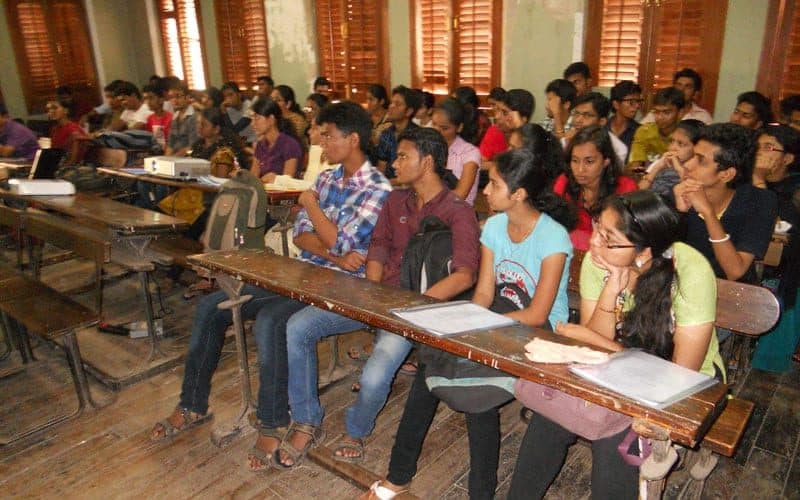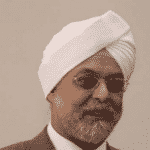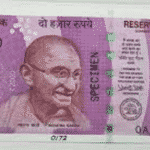Higher Education in India
- Higher education system of India is third largest in the world after United States and China.
- Indira Gandhi National Open University is the largest university in world by number of students, having approximately 3.5 million students around the world.
- Albeit having institutes like IIT, IIM and NITs India still lack internationally prestigious institutes like Oxford, Harvard, MIT and etc.
- The rise of IT sector has started a rat race in engineering education which deprives students to follow their passion.
- In the past decade our higher education system has burgeoned with opening and functioning of over approximately 20,000 institutes.
- Higher education institutes are categorized in following categories:
- Central Universities
- State Universities
- Deemed Universities
- Private Universities
- Institutes of National Importance
Role of Centre in Education
- Centre directly controls around some hundred institutions in the country.
- These institutes produce less than 1 percent of the total number of graduates of the country.
- Despite generating a very little of the total graduates, alumni of these institutes can be seen on high and prestigious posts in every field.
- Centre is successful in increasing the number of IITs, IIMs and AIIMS but has failed in improving the quality of education they have.
- Only IITs have been able to make a stand in top 500 institutes of world and their rank has also deteriorated recently.
- Centre has also failed to provide prestigious institutes apart from technical education institutes in various field of arts, literature and etc.
Role of States in Education
- On the contrary states along with private sector control over thousand universities.
- These institutes produce over 95 percent of the total graduates of the nation.
- Yet after having so much of graduates passing these institutes annually these students have little presence in esteemed and reputable positions.
- No state university has been able to place its name in top 500 or 1000 institutes of the world despite being so many in number.
- Only few private technical institutes like Birla Institute of Science and Technology, Pilani is recognized internationally.
Why there is a need to increase states’ role?
- India has always dreamt of rising up to world standards in terms of ranking of its prestigious institutes. The nation has been constantly struggling and searching for increase in number of peer reviewed publications and awards for research. Almost three-fourth of our graduates end up working for some ‘x’ company and provide less or nothing to the research and innovation and to state. This is not only the result of poor-quality education they have received but also of the lack of practical application they had in their education. As there are less numbers of research graduates and researchers, both centre and state pull out of providing the necessary infrastructure to set-up research environment.
- The central government stand on this situation is simply to set up more technical institutes like IITs and medical institutes like AIIMS without realizing that this will only increase the number of graduates passing each year and not the quality of education and research. States are also equally responsible for the situation as all they do is to ask Centre to set up more institutes instead of asking to improve the quality of education.
- There is no doubt that overall central controlled institutes provide better quality education over private and states ones but we can’t deny the fact that there also some private and state institutes that stand up to the level of IITs, NITs.
- If India wants to see itself as the R&D hub of the world, expand its manufacturing sector, create over ten million jobs annually or become the knowledge superpower; there is an urgent need to increase the role of states in higher education system as there are many things that are keeping our institutes from being listed with those prestigious ones of the globe.
Firstly all the major decisions and enterprises deal only with the central institutes. States institutes are deprived of regulations and funding. If state is involved more surely they can be benefited from it in a much more sensible, broader and lucrative way.
Secondly most of the private institutes are involved in money making processes by indulging in political patronization and if state is given power it can surely raise question on the liability of these institutes verifying that are they really helping the education or themselves.
Then if states are directly responsible for major of the institutes, a direct connection and relevance to the state’s industrial, manufacturing and other productive activities will not only help in economic planning but also help developing the infrastructure.
Centre also need to realize that it is not amenable and accountable to only to the institutes under its wing but also to other important and vital institutes.
Yes there is a need to increase the role of states in higher education but it is also equally important that Centre also becomes more responsible for the virtual abandoning of its prime responsibilities.
It might seem funny and illogical but in the midst of all these there is one more very serious threat to our students. From the childhood they are instructed to be a doctor, engineer and what not. Yes, education is necessary but by sending them to rat race in the field they are least interested we are not only increasing the number of unnecessary graduates but also depriving our country of gems in other major fields that other countries have like Roger Federer, Usain Bolt etc.











